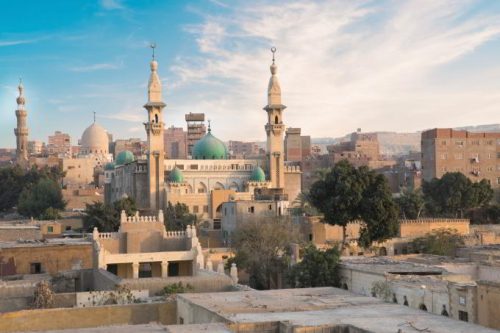Egypt has promised to safeguard a historic Christian monastery caught in the middle of a heated land dispute in the desert. The announcement comes after rising tensions between the Coptic Orthodox Church and a local tribe, who claim the land surrounding the monastery as their own.
The historic monastery, known as the Monastery of Saint Catherine, is located in Egypt’s South Sinai and is one of the world’s oldest continuously inhabited Christian sites. It’s not just a religious landmark — it’s a symbol of Egypt’s layered past and diverse cultural identity.
The Dispute: A Clash of Heritage and Territory
The recent land conflict flared up when members of a Bedouin tribe allegedly blocked access roads and began constructing on land adjacent to the monastery. Church leaders raised concerns that these actions could threaten the monastery’s integrity and disrupt its monastic way of life.
The government responded swiftly. In a public statement, Egypt’s Ministry of Antiquities and Tourism reaffirmed the site’s protection under national heritage laws. Officials also stated that any unauthorized development near the monastery is strictly prohibited.
This vow to protect the historic monastery is not just about defending bricks and stones. It’s about preserving a sacred space that’s survived centuries of conquest, colonization, and political turmoil.
A Site of Global Importance
The Monastery of Saint Catherine isn’t just important to Egypt. It holds UNESCO World Heritage status and draws pilgrims, historians, and tourists from around the globe. Inside its stone walls lie ancient manuscripts, icons, and religious texts — treasures of both spiritual and historical value.
Egyptian officials emphasized that the monastery’s preservation is crucial not only for religious reasons but also for tourism and education. Tourism remains a vital part of Egypt’s economy, and disruptions to such sites could ripple beyond local disputes.
What’s Next?
While Egypt has made its position clear, the situation remains sensitive. Authorities are reportedly working with tribal leaders and church representatives to reach a peaceful resolution. Government spokespeople have expressed hope that dialogue will prevent further escalation and ensure mutual respect for both heritage and local customs.
For now, the monastery remains open and under guard. But the land dispute has sparked renewed conversation about land rights, historical preservation, and the delicate balance between tradition and modern development in Egypt.
Final Thoughts
The government’s vow to protect the historic monastery amid the land dispute signals a strong commitment to cultural preservation. In a region often strained by conflict and change, the protection of sacred places serves as a reminder of Egypt’s enduring legacy — and the importance of keeping that legacy intact.


